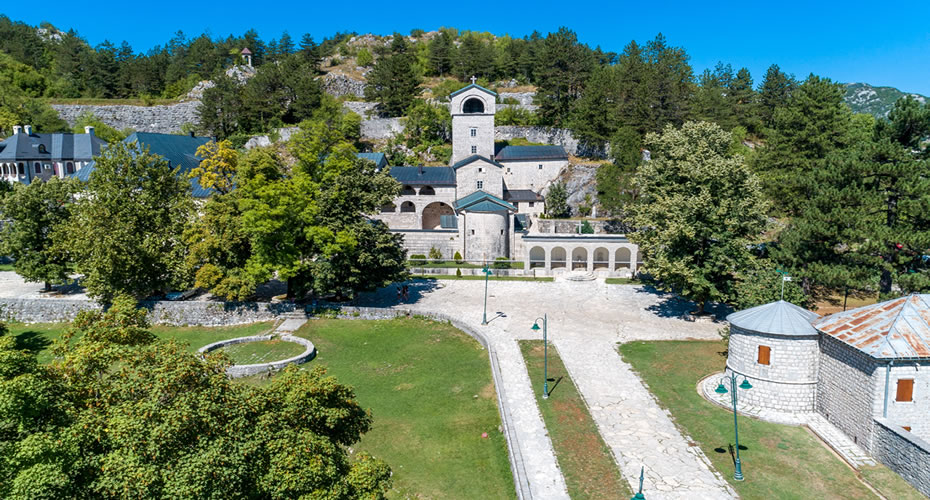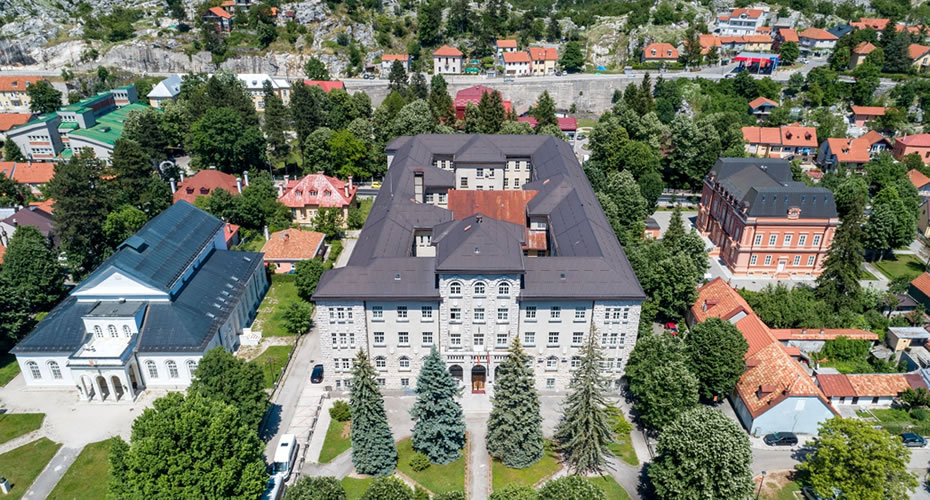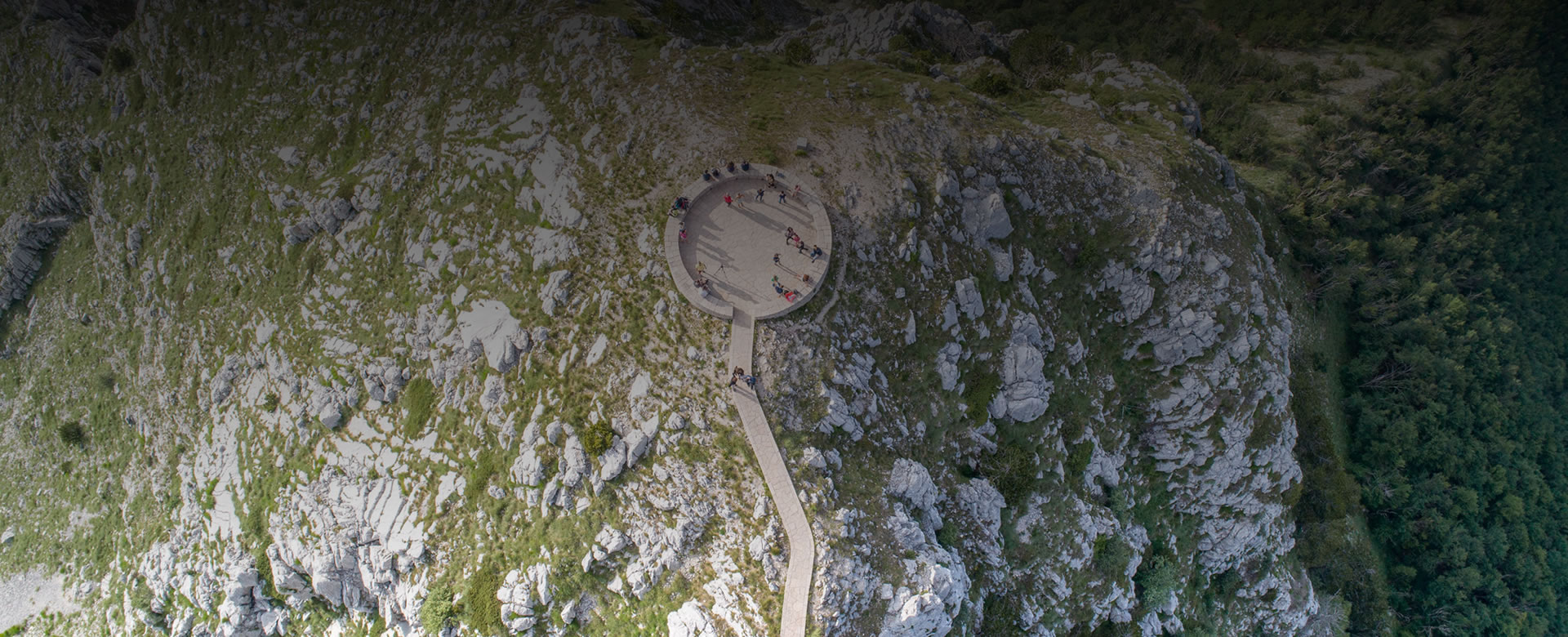
26 Jan Cetinje Old Royal Capital
Cetinje, the heart of Montenegro’s history and culture, is a captivating blend of architectural styles that reflect its rich past. Nestled amidst the dramatic peaks of Lovćen Mountain, the city’s buildings tell stories of royal dynasties, foreign influences, and a nation’s struggle for independence.
The Cetinje Monastery, a masterpiece of medieval Montenegrin architecture, stands as a symbol of the country’s Orthodox faith. Its simple yet elegant design, with whitewashed walls and red-tiled roofs, harmonizes with the surrounding landscape. Nearby, the Biljarda, once the residence of the renowned poet-prince Petar II Petrović Njegoš, offers a glimpse into the lives of Montenegro’s royal family. This charming building, with its distinctive neoclassical facade, houses a fascinating collection of historical artifacts.

As Cetinje grew in importance, it attracted architects from across Europe, who brought with them a variety of styles. The main street, Njegoševa Ulica, is lined with elegant 19th-century buildings, including the imposing Clock Tower and the former Royal Palace, now the President’s residence. These structures, with their ornate facades and grand interiors, showcase the influence of Baroque, Neo-Romanesque, and Art Nouveau architecture.
Beyond the city center, Cetinje’s architectural heritage extends to its surrounding villages. The traditional stone houses, with their distinctive red-tiled roofs, offer a glimpse into the region’s rural past. These charming buildings, often adorned with intricate wood carvings, reflect the ingenuity and craftsmanship of local builders.



